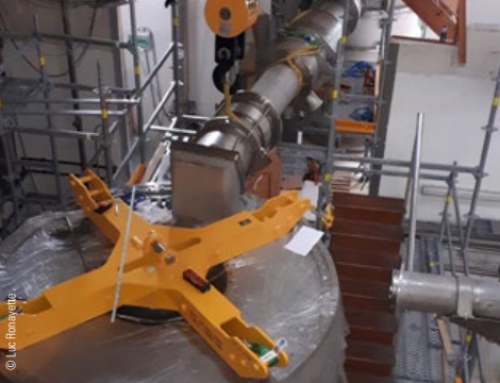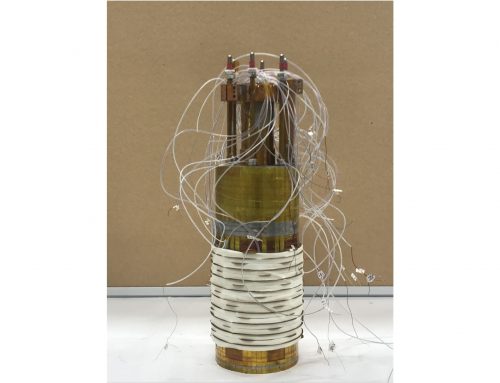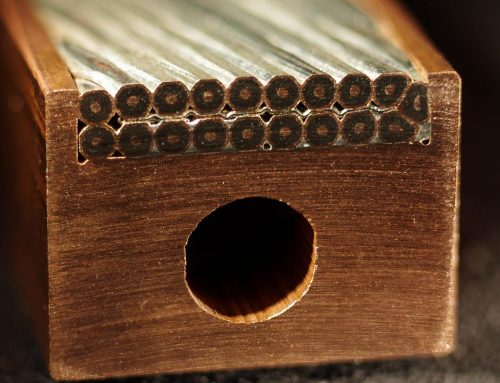Xavier Chaud, LNCMI Grenoble.
The development of high-temperature superconductor (HTS) inserts for all superconducting magnets for fields above 23 T is highly desirable. With practically zero power consumption this will make possible long-duration experiments at a low operation cost and will be greatly beneficial for physics, chemistry, and live sciences requiring long data-acquisition times and low noise environment. Several projects in the world currently aim at producing fields around 30 T with an all-superconducting magnet. A record 32 T was produced at NHMFL (Tallahassee) while the HFLSM (IRM, Tohoku University) offers to its users 24 T in a 50 mm room-temperature bore of its cryogen-free magnet. Our own project aims at designing and building a 10 T HTS insert to be operated in a background field of 20 T. This first choice takes advantage of an existing large-bore (170 mm) resistive magnet as a robust way to focus on the operation and the protection modes under the high magnetic field of such an HTS insert to pave the way to a future implementation in a LTS magnet. The design relies on REBCO coated conductors because of their high electrical and mechanical performance under very high field and their commercial availability in length enabling a first design as a stack of pancake coils. Building HTS inserts remains challenging in several ways, among which the quench protection is a delicate issue because of the inhomogeneous and slow-propagating quench behavior. We have explored the Metal-as-Insulation concept (MI) which relies on the co-winding of a bare HTS tape with a metallic ribbon such as Hastelloy, a stainless steel, for mechanical reinforcement as well as for electrical protection purpose. Since a single highly instrumented prototype MI pancake coil underwent several quenches without visible degradation and demonstrated the safety of the coil even in overcurrent condition, we have built a first insert mock-up with two double pancake coils. The tests under very high external magnetic field – up to 20 T – at 4.2 K show excellent performance when compared to the design values. The magnet reached 9.5 T in standalone configuration with an engineering current density (Je) of 873 A/mm2. A total of 26.9 T were obtained in insert configuration with a current density of 658 A/mm2, i.e., a current of 415 A, twice the foreseen operating current of the final insert. This is a very important step towards an all-superconducting 30 T+ magnet.

Figure 1: Pictures of the HTS mock-up insert. Left, before overbanding.
Right, during its insertion into the cryostat.

Figure 2: Evolution of the magnetic induction as a function of
external background field.
Metal-as-Insulation sub-scale prototype
tests under High Background Magnetic
Field, P. Fazilleau, B. Borgnic, X. Chaud, F. Debray,
T. Lécrevisse, and Jung-Bin Song, Supercond. Sci. Technol.
31 (2018), in press.
Metal-as-insulation variant of no-insulation
HTS winding technique: pancake tests
under high background magnetic field and
high current at 4.2K, T. Lécrevisse, A. Badel,
T. Benkel, X. Chaud, P. Fazilleau, and P. Tixador, Supercond. Sci.
Technol. 31 (2018) 055008.







Leave A Comment
You must be logged in to post a comment.